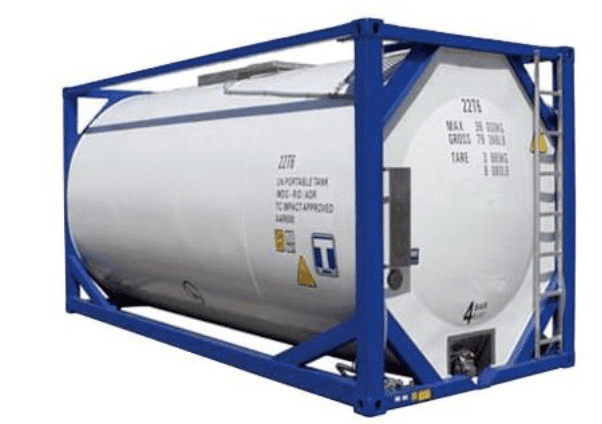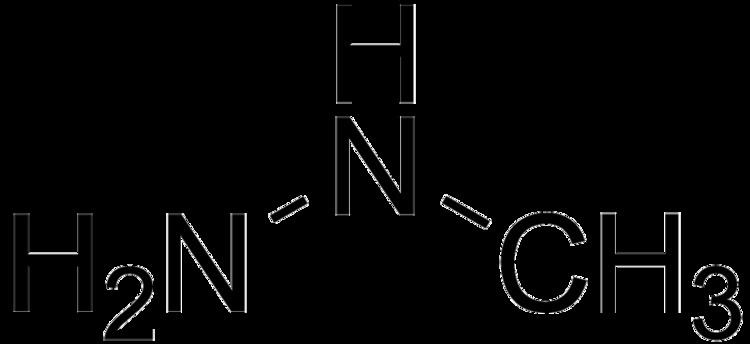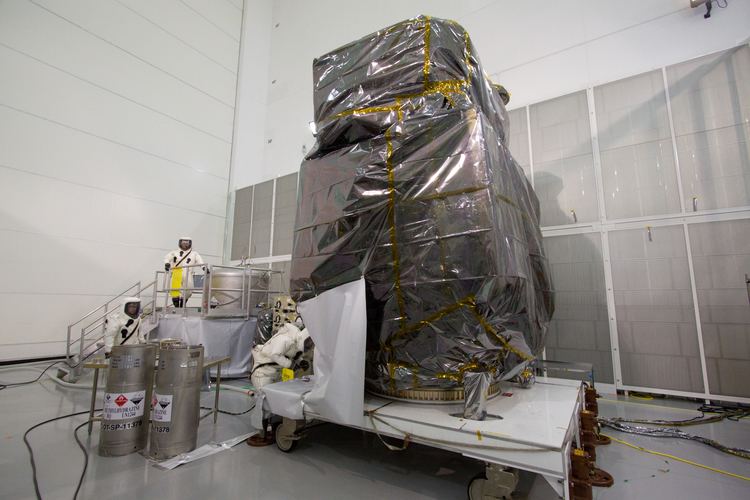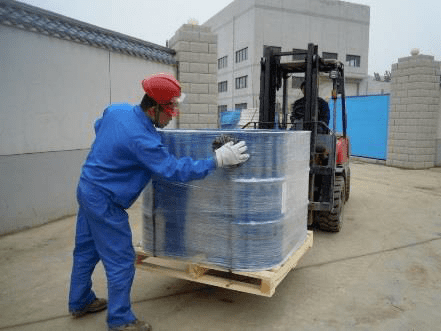Density 880 kg/m³ Molar mass 46.07 g/mol | Formula CH3(NH)NH2 Boiling point 87 °C | |
 | ||
Appearance Fuming, colourless liquid Related compounds | ||
Monomethylhydrazine (MMH) is a volatile hydrazine chemical with the chemical formula CH3(NH)NH2. It is used as a rocket propellant in bipropellant rocket engines because it is hypergolic with various oxidizers such as nitrogen tetroxide (N2O4) and nitric acid (HNO3). As a propellant, it is described in specification MIL-PRF-27404.

MMH is a hydrazine derivative that was once used in the orbital maneuvering system (OMS) and reaction control system (RCS) engines of NASA's Space Shuttle, which used MMH and MON-3 (a mixture of nitrogen tetroxide with approximately 3% nitric oxide). This chemical is toxic and carcinogenic in small amounts, but it is easily stored in outer space providing moderate performance for very low fuel tank system weight. Recently the European Space Agency (ESA) has attempted to seek new options in terms of bipropellant rocket combinations to avoid poisonous chemicals such as this and its relatives.

MMH and its chemical relative unsymmetrical dimethylhydrazine (UDMH) have a key advantage that they are stable enough to be used in regeneratively cooled rocket engines. The Apollo Lunar Modules used a one-to-one mixture of hydrazine and UDMH (called Aerozine 50, or A-50) as one part of the rocket fuel for lunar landings and takeoff: the rocket motors formed a hypergolic mixture of the hydrazines with liquid dinitrogen tetroxide as the usual oxidizer. (Otherwise, red fuming nitric acid works.) About three tons of mixed hydrazines and four and one half tons of the oxidizer were required for each landing, and about one-third of those amounts for the lunar take-off to orbit.

Monomethylhydrazine is believed to be the main cause of the toxicity of Gyromitra genus mushrooms, especially the false morel (Gyromitra esculenta). In these cases, MMH is formed by the hydrolysis of gyromitrin.

Monomethylhydrazine is considered to be a possible occupational carcinogen, and the occupational exposure limits to MMH are set at protective levels to account for the possible carcinogenicity.
A known use of MMH is in the synthesis of Suritozole.
